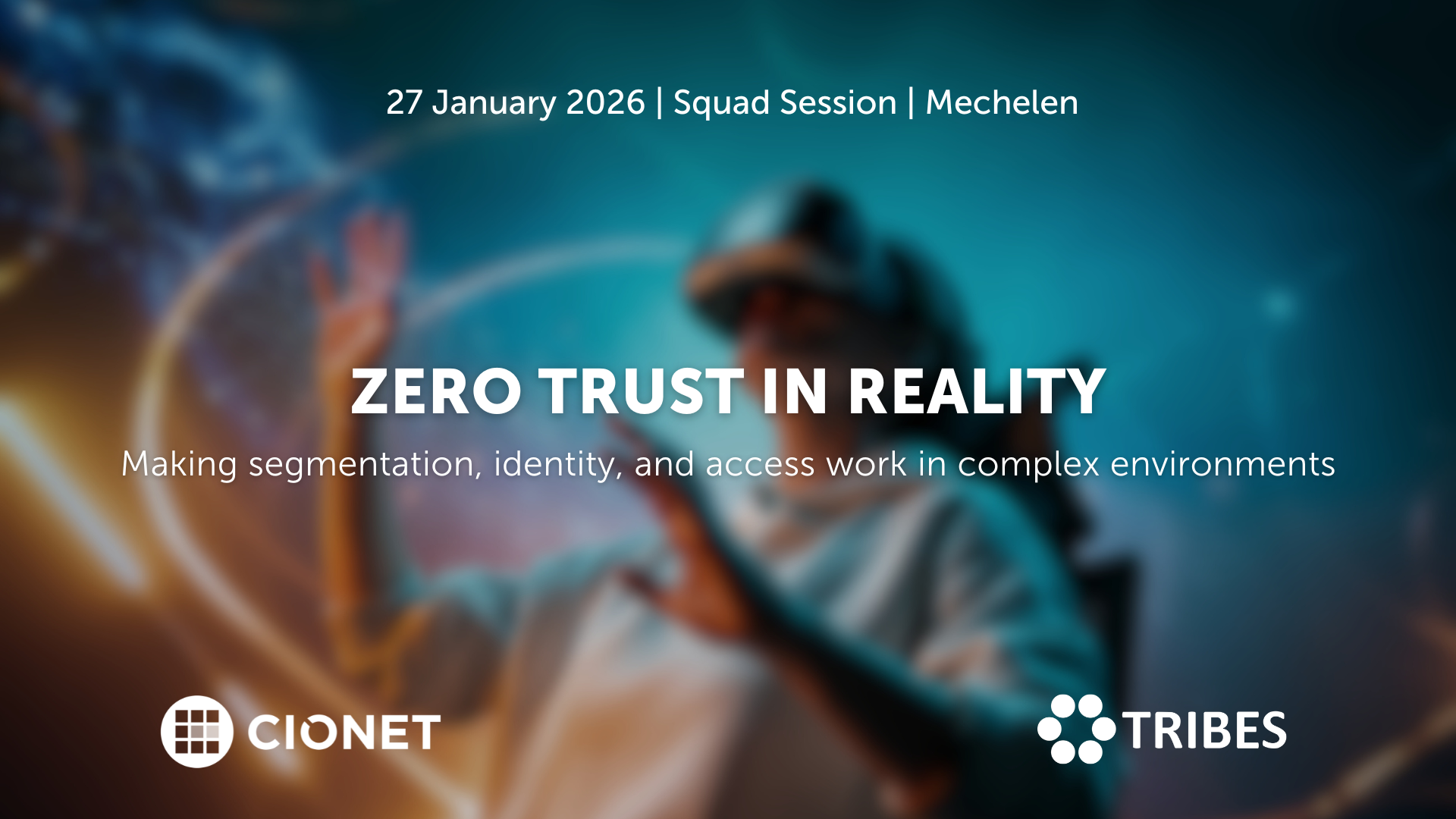
Zero Trust sounds simple on paper: trust no one, verify everything. But once you start implementing it, the fun begins. Legacy systems, hybrid networks, and human habits don’t read the manual. The idea is solid; the execution, not so much.
In the end, Zero Trust is less about technology and more about design, culture, and patience. And when identity becomes the new perimeter, segmentation turns political, and exceptions multiply until the model looks more like “some trust, most of the time.” It’s progress, but not quite the revolution everyone expected.
So how do you make Zero Trust work in real environments full of dependencies, vendors, and legacy constraints? Is it even possible? How do you balance usability with control, and what metrics actually prove progress?
Let’s unpack what it takes to move beyond PowerPoint strategy and get Zero Trust working across systems and people that weren’t built for it.
A closed conversation for those who’ve learned that Zero Trust is less about zero and more about trust that’s earned, not assumed.